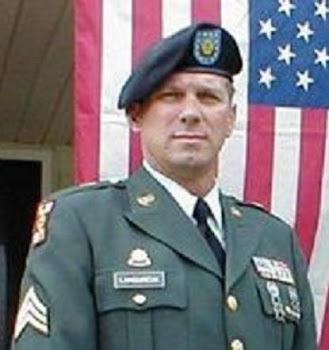washingtonpost.com
By ALICIA CHANG
The Associated Press
Friday, November 20, 2009; 1:01 AM
TWENTYNINE PALMS, Calif. -- Two days before shipping off to war, Marine Pfc. Jesse Sheets sat inside a trailer in the Mojave Desert, his gaze fixed on a computer that flashed a rhythmic pulse of contrasting images.
Smiling kids embracing a soldier. A dog sniffing blood oozing from a corpse. Movie star Cameron Diaz posing sideways in a midriff top. Troops cowering for safety during an ambush.
A doctor tracked his stress levels and counted the number of times he blinked. Electrode wires dangled from his left eye and right pinky finger.
Sheets is part of a military experiment to try to predict who's most at risk for post-traumatic stress disorder. Understanding underlying triggers might help reduce the burden of those who return psychologically wounded - if they can get early help.
(click here for complete article)
http://www.washingtonpost.com/wp-dyn/content/article/2009/11/20/AR2009112000003.html




No comments:
Post a Comment